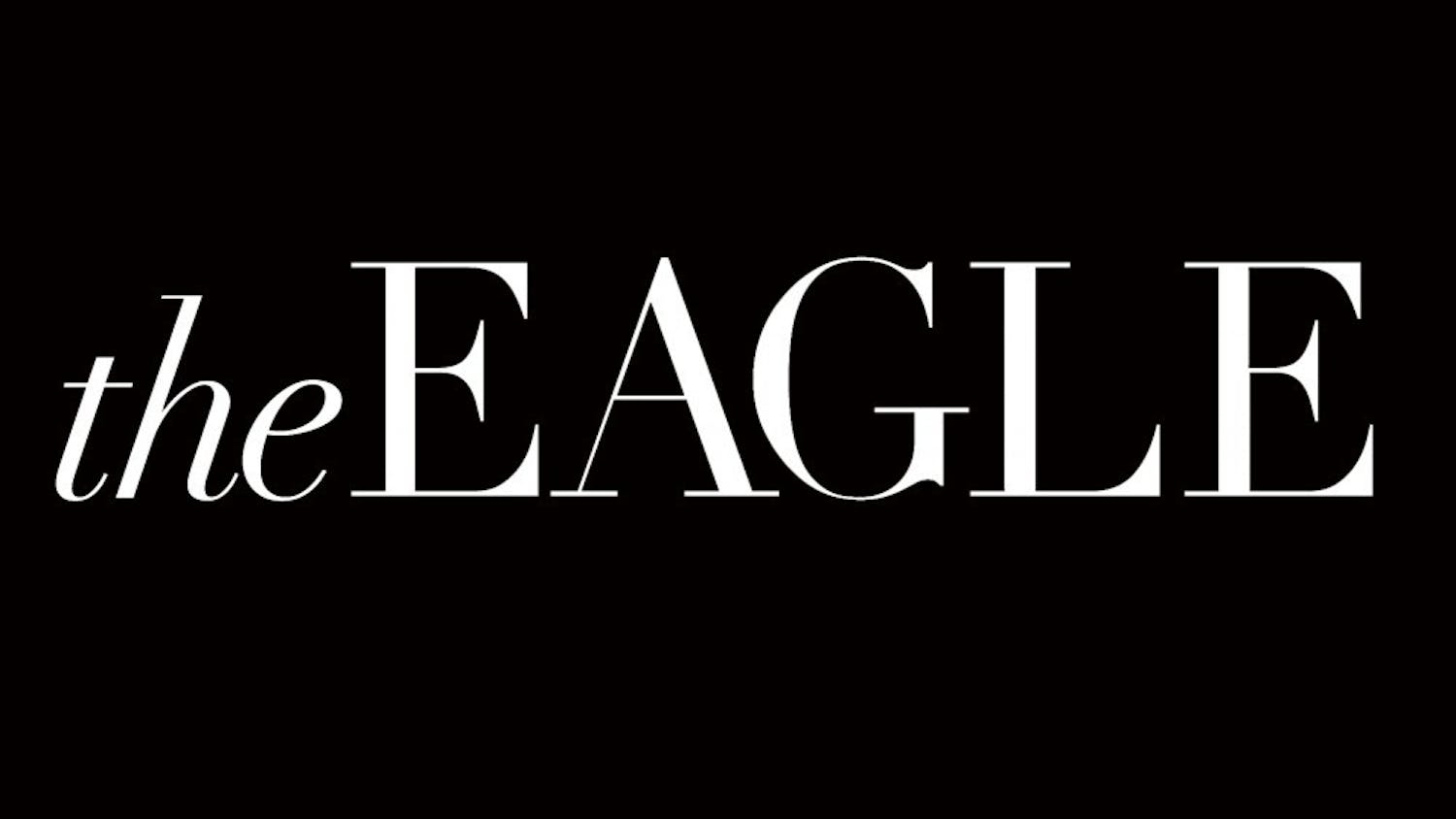The annual Banned Books Week was recently held across the country. According to the official website the week was all about celebrating our “freedom to read.”
Some of the books banned range from the classics, such as “Catch-22,” “Bury My Heart At Wounded Knee,” “The Autobiography of Malcolm X” and “Their Eyes Were Watching God,” as well as modern favorites like the “Harry Potter series,” “The Giver,” “Looking For Alaska,” “The Hunger Games” and “The Perks of Being a Wallflower.”
In most cases, banned books are forbidden from being included in school syllabi and libraries, though some cases have campaigned to have titles and authors removed from public libraries as well. These books are usually considered derogatory or inappropriate for their target audience, the most frequent reasoning being the portrayals of gruesome events, sexual implications, and drug and alcohol use— to name a few. Most groups against these books are parents, fighting to protect their children from what they believe to be crass and unnecessary content that paints a dark and twisted vision of the world for vulnerable eyes.
It cannot be denied that many of the titles listed on the banned list are graphic and cover subjects that could be difficult to face for younger people. The language is gritty, the characters are dark and the events of the book can be hard to stomach. Authors use these techniques to accurately paint the picture of their stories and even for an element of shock.
The contested issue is not whether these books require a mature reader. Instead, the focus should be on whether or not the graphic content of these books contribute to the larger message intended by the author or if it only serves as a shock factor.
These books are a true representation of how the author views the world around
him or her, showing their audiences a different perspective they otherwise may never have
experienced.
Yes, the portrayal of topics not considered “polite conversation” makes
people feel uncomfortable, but ignoring their existence and trying to keep kids and
teenagers sheltered from their discussion doesn’t do anyone any favors in life.
Some of these books show the world during a different period of time, allowing
its readers to experience the same doubts, angers and fears that the people who lived
during those times dealt with. Killing Native Americans and denying African
Americans equal rights are some of the darkest parts of our past, but they are still our
history and have shaped the nation we are today. Censoring these books because of racial
discrimination and the promotion of violence does nothing more than hide the truth. In
order to advance as a society, we must understand all perspectives of where we came
from, including the parts of which we are ashamed.
So many of these books are treasured because they are coming of age stories.
Their characters feel just as lost and confused as many teenagers do while trying to figure
out the world and their place in it, realizing that everything is not as black and white as we would like to believe. Ignoring the harder parts of growing up doesn’t make becoming an adult any easier.
Sex, drugs, alcohol, violence, death, war, abuse— these are all realities of the
world. Hiding our youth from these topics doesn’t protect them or ensure they will be
safe in the future; it hurts them by not giving them the chance to understand the realities
they will face in the “real world” and the healthy ways to deal with them.
By reading these books in school as a group guided by a trained professional,
students are able to process the difficult themes in their literature in a safe, supported
environment where they are able to understand the author’s message and his or her portrayal
of the world by learning with each other.
Books are representations of the world, society and the people who make
them up. They encompass a universe of incomprehensible emotions, with the ability
to transport readers to any time, place or point of view. Not all of these settings are
bright and pretty. Not all of these stories have happy endings. That is what makes them symbolic of our world. If we are to learn from each other and grow from our experiences, we
must be willing to accept all perspectives, including the graphic ones.
Today’s young adults are about to enter a complex world filled with decisions only they can make. Instead of trying to shield them from the less than pleasant parts of life, we can give them their best shot at happiness by teaching them and exposing them to all the realities they may face. Books are our best shot at doing so.
These books are classics because some element of them resounds with a majority of their audience. These books stay with us through time because they make us see the world in a different way, forever changing our perspectives. I think we owe it to our future to access these different views and let kids decide for themselves how the world is.
rmuralidharan@theeagleonline.com




